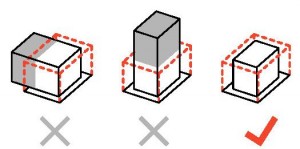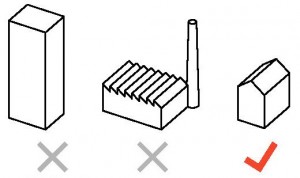The urban development module (WP7) work package consists of three main objectives: (a) research and development, (b) integration and (c) implementation.
Research and Development
Most current urban developments take place within a substantial amount of existing built and property structures. They are based on multiple small-scale real estate projects of various actors. Each of these projects is preceded by a complex decision-making process regarding program, density, area exploitation, search for location or time of investment, which in turn relies on local and economic conditions such as regulatory constraints, urban qualities, or presumed development potential. Any attempt towards smart urban adaptation requires an understanding of these multi-actoral, small-scale mechanisms on multiple, integrated scales.
The module „Urban Development“ investigates decision-making processes and investment behaviours of private landowners and institutional real estate investors under specific local, economic and regulatory conditions. The overall research objectives can be summarized as (1) the classification of urban areas with similar regulatory and economic conditions, (2) the identification of economic key mechanisms of urban development within the respective areas and (3) an impact assessment of building regulations, zoning laws and economic policies to steer decision making towards smart urban adaptation. The aim is to better estimate the amount and kinds of future real estate investments in a respective area as a result of assumed regulatory transitions. The results of the Urban Development Module therefore improve the plausibility and feasibility of urban adaptation scenarios (figure above).
Integration
The integration within the project happens mainly through the GIS/data-warehouse. The research of the module “Urban Development” needs various GIS-based information, such as spatial distribution of ownership structure, condition of building stock, accessibility, historical development of the building stock, neighbourhood characteristics etc. Following the research procedure it continually provides other modules (especially “Building stock”, “Transportation / Land Use”) with future patterns of private building activity and design (GIS-based) for specific urban areas according to their economic and regulatory conditions. As part of the integration objectives, transferability / applicability of findings to the case study London will be tested.
Fig.: Building regulation (e.g. size, program, distance).


